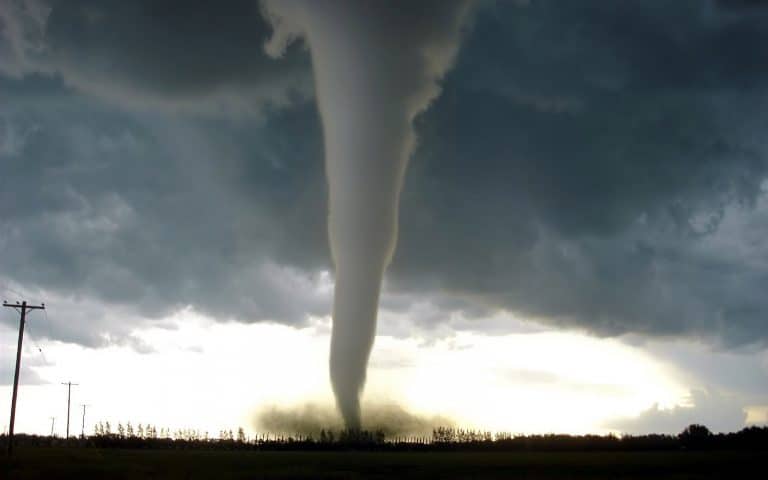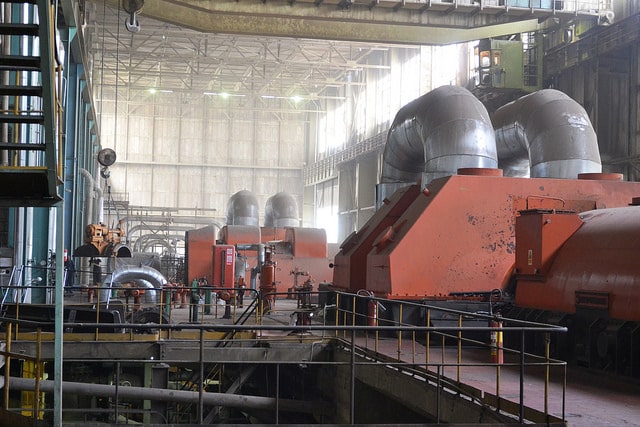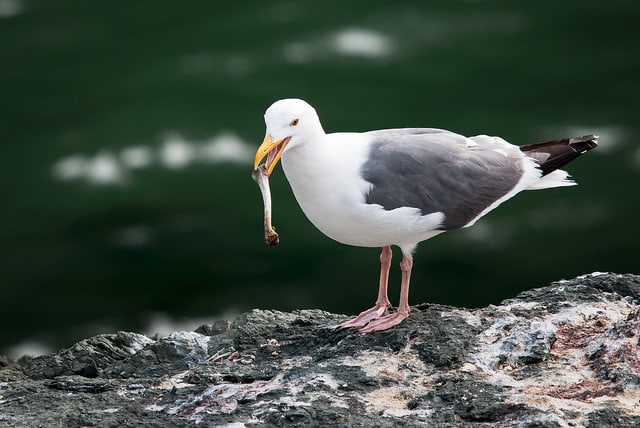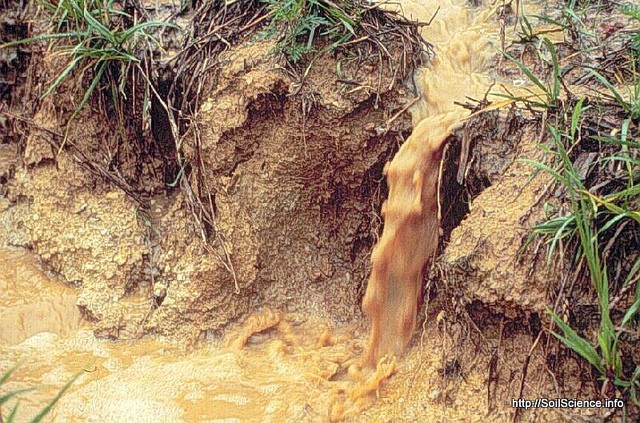35+ Surprising Facts About Water Conservation You Must Know
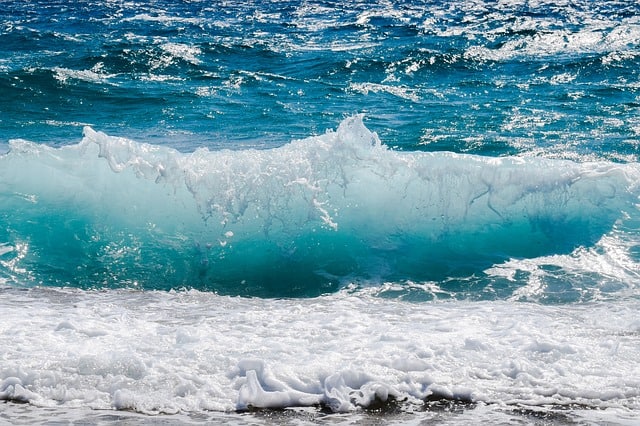
Water is a limited resource and a rapidly growing global population leads to a growing global water crisis. While at least 75% of the planet is covered in water, only 1% of it is available for usage. The rest is either saline water or frozen. That’s why water conversation is essential.
According to Wikipedia,
“Water conservation includes all the policies, strategies and activities to sustainably manage the natural resource of fresh water, to protect the hydrosphere, and to meet the current and future human demand. Population, household size, and growth and affluence all affect how much water is used.“
Here’s a look at 35+ surprising facts about water conversation you should know:
Fact 1. The agricultural sector worldwide takes about 70% of the water from the planet’s freshwater reserves. This is more than double what the industrial sector consumers, which is 23%.
Fact 2. On average, you lose 10 gallons of water footprint to leaks every day. This accounts for about 14% of your daily indoor water use. To minimize your water footprint, you should at least repair any leaky faucets and toilets if you can’t afford to install new water-efficient fixtures.
Fact 3. A 1000-square foot lawn can use about 35,000 gallons of water annually. People tend to over-irrigate their lawns. If you over-irrigate this kind of lawn, you can use up to 75,000 gallons per year.
Fact 4. Turfgrass is the single largest irrigated vegetation in the United States. It covers about 5-10 million hectares or about 68% of the total land around private residences.
Fact 5. Taking a shower is more water-efficient than taking a bath. You’ll use about 40 gallons of water taking a bath, compared to 20 gallons if you take a shower. Moreover, if you use a low-flow showerhead, you can save about 14 gallons of water in a 10-minute shower.
Fact 6. About 50% to 70% of domestic water is used outdoors for watering gardens and lawns. You can make the most of your outdoor water by avoiding watering when it is windy or at the hottest times of the day. Moreover, if you plant low-water consuming grasses and shrubs, you can be able to reduce your outdoor water use by 20% to 50%.
Fact 7. Garden and lawn fertilizers and pesticides contribute to water pollution. Consider reducing your use of fertilizers and pesticides and find safer weed and pest-control methods.
Fact 8. If you are living in an older home with original fixtures, you could be flushing the toilet at a rate of 5 to 10 gallons per flush. By investing in a toilet dam, you will be able to reduce your flushing rate.
Fact 9. By 2025, the world will have about 1 billion additional mouths to feed, and the agricultural sector alone will need an additional 1 trillion cubic meters of water annually. This is equivalent to the annual flow of 20 Nile Rivers.
Fact 10. Every food in your diet requires several 100 gallons of water to produce. A pound of chicken requires 576 gallons of water; a pound of beef requires 1799 gallons; a pound of wheat requires 132 gallons; a pound of goat requires 127 gallons, and a pound of potatoes requires 119 gallons of water.
Fact 11. By 2050, there will be about 3 billion more people in the world. About 90% of this additional population will live in developing nations, with a majority living in areas without sustainable access to safe drinking water.
Fact 12. On average, a person in the United States uses 160 gallons of water every day. No other country in the world comes close to this. 58% of this water is used outdoors for watering lawns and gardens. Unfortunately, half of the water that is used outdoors goes to waste due to over-watering and evaporation. Moreover, over-irrigation results in the run-off, which ends up polluting water bodies.
Fact 13. 25% of everyday water use in homes occurs in the kitchen and laundry. However, much of this water goes to waste. Here are some measures to help save household water:
- Remove frozen food from freezer earlier if you plan to use them. This way, you won’t need to use running water to quicken thawing.
- Use as little amount of water as possible in cooking. You can use 0.5 to 1 cup of water on frozen vegetables instead of half a saucepan. Besides saving water, you’ll also save nutrients.
- Always cover pot and pans when cooking.
- Instead of letting the water run while peeing vegetables, consider rinsing them briefly before and after the peeling.
- You don’t have to let the faucet run for a cold drink. It’s more economical to keep a jar of water cooling in the fridge.
Fact 14. A running hose outdoors wastes about 6 gallons of water every minute when left unattended. Remember to close water hoses when not in use.
Fact 15. Dishwashing accounts for about 2% of indoor water use. This is quite a small part of your water footprint, but it can help you save water. Using a dishwashing machine is more water efficient compared to hand washing. While an automatic dishwasher uses about 9 to 12 gallons of water, hand washing can consume up to 20 gallons.
Fact 16. A cup of coffee takes about 55 gallons of water to make. Most of this water is used to grow the coffee beans.
Fact 17. A gallon of gasoline takes about 13 gallons of water to produce. To help save this water, consider combining your errands, carpooling to work, or taking public transportation to minimize your energy use.
Fact 18. Recycling one pound of paper saves nearly 3.5 gallons of water. Purchasing recycled paper products will also help save water. This is because it takes about six gallons of water to manufacture a dollar worth of paper.
Fact 19. A standard bathroom faucet uses 2.5 gallons of water per minute. If you turn off the water while brushing your teeth, you can save about 5 gallons of water per day. This translates to at least 1000 gallons of water per year.
Fact 20. On average, a leaky toilet can waste up to 200 gallons of water per day. This is like flushing the toilet 50 times for no reason.
Fact 21. Doing laundry accounts for about 22% of indoor household water use. You can save water by adjusting the settings on your washing machine to the proper load size. Also, consider replacing your old washing machine.
Be sure that your machine is Energy Star rated. Otherwise, you are wasting not only about 35% to 50% more water but also 50% more energy compared to the more modern washing machines.
Fact 22. In Bangladesh, groundwater is contaminated with arsenic, which is not only a very toxic, acute poison, but also a carcinogen. About 85% of the total area of Bangladesh contains contaminated groundwater.
Fact 23. What you dump on the ground, pour down the drain, or discard in the trash, can pollute your sources of drinking water. Therefore, be sure to take waste oils to facilities that recycle them. Likewise, shop at automotive outlets that accept old batteries for recycling. Take unused paint, solvents, and other hazardous household wastes to special collection centers.
Fact 24. A survey conducted by Food & Water Watch points out that about 3.5 billion people in 2025 will experience water shortage problems. This will be largely as a result of water pollution. This would be inevitable as more water sources are getting contaminated by the day. This gives you the more reason to conserve water as inspired by the above facts.
Fact 25. 96.5% of all the Earth’s water is contained within the oceans as salt water, while the remaining 3.5% is freshwater lakes and frozen water locked up in glaciers and the polar ice caps.
Fact 26. Water is colorless and its appearance of water is determined by the type of dissolved substances or by the reflection of the sky. The blue color of the water seen in the ocean is as a result of reflection of the sky.
Fact 27. The freezing point of pure water is normally 0°C at standard pressure. Presence of impurities in water lowers its freezing point. The sea water freezes at a temperature of -2 °C (28.4 °F).
Fact 28. Around 780 million people globally lack access to clean water. Women in developing countries are the most affected and they walk for miles in search of it.
Fact 29. 2.6 gallons of water is used in making a sheet of paper.
Fact 30. A human body is made up of approximately 65% of water. The water in human bodies acts as a coolant, and also as a medium of chemical reactions in the body.
Fact 31: A 500 MW coal-fired power plant with once-through cooling uses enough water to drain an Olympic swimming pool every three minutes. This is water that could instead be used for agriculture, drinking, and cooking.
Fact 32. The earth’s temperature is largely regulated by water. Water plays a major role in the regulation of the earth’s temperature.
Fact 33. Unlike most liquids, the density of water decreases as it freezes. The density of liquid water at 1 atmospheric pressure is 1,000 kg/m3 while that of ice at the same pressure is 917 kg/m3. This phenomenon makes it possible for ice to float on water.
Fact 34. Water exists in all the three state of matter. Water is the only substance on earth that is known to exist in three states namely solid, liquid and gaseous states.
Fact 35. 71% of the earth is covered with water mostly in the oceans. Groundwater constitutes 1.7%, glaciers in the green land and Antarctica constitutes 1.7%, 0.001% in form of precipitation and 1.7% is found in form of vapor and clouds.
Fact 36. Jellyfish has 95% of its body is made up of water.

